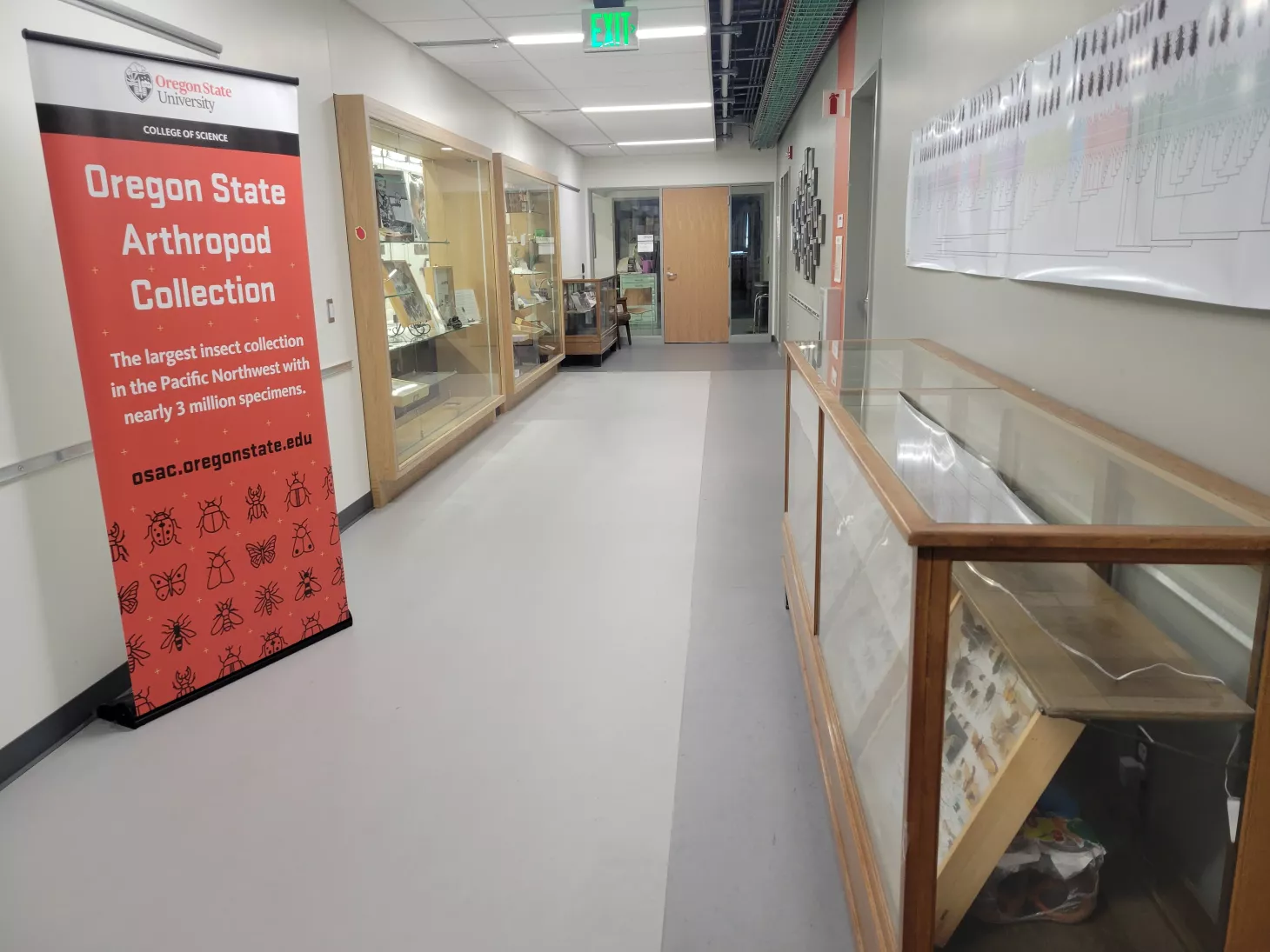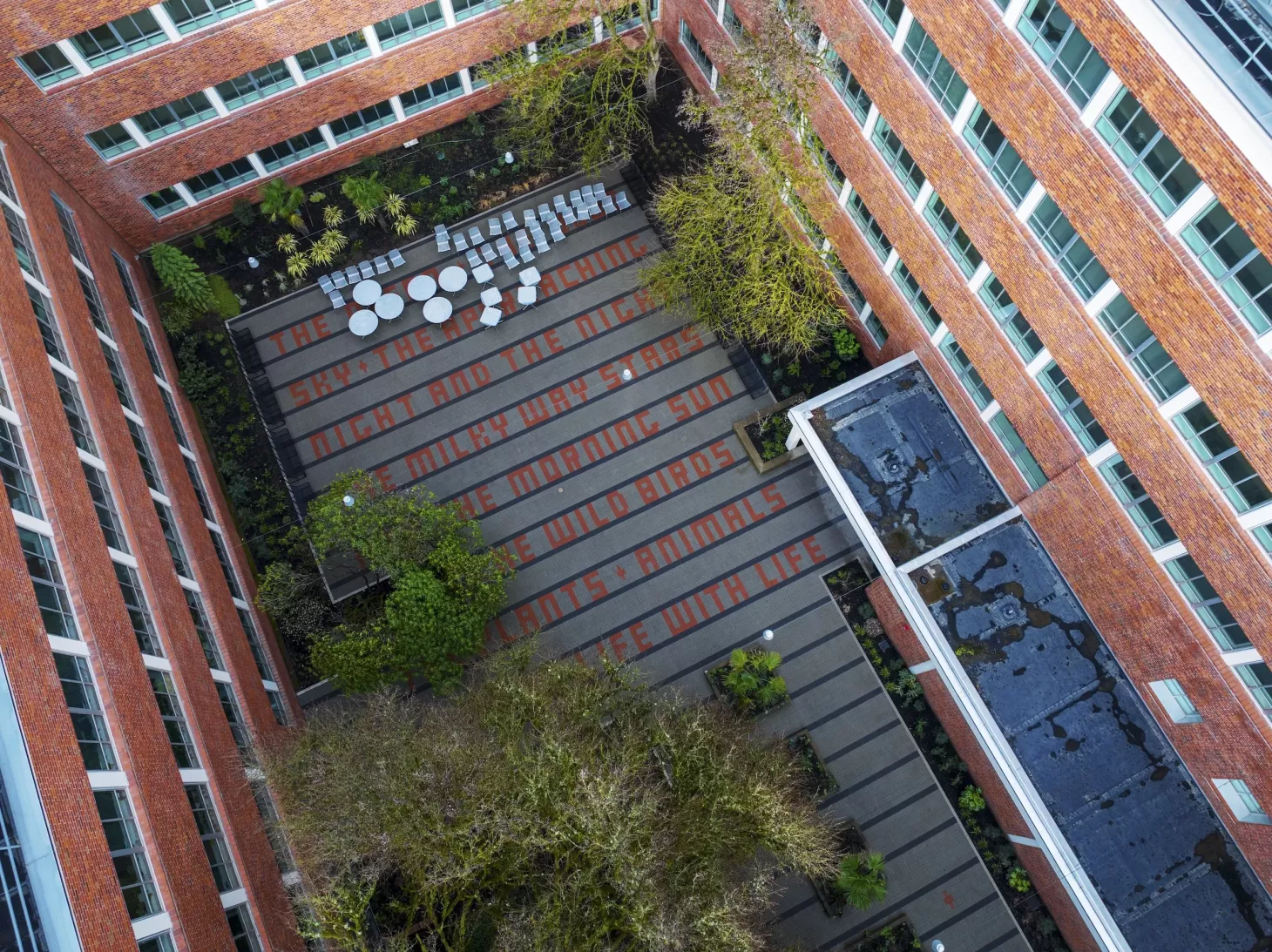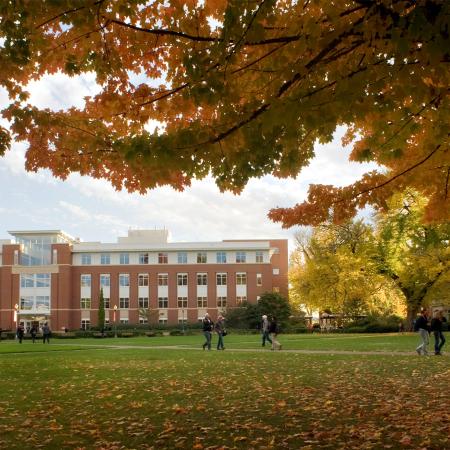This article originally appeared in OSU Today.
Cordley Hall has undergone a major transformation to become a state-of-the-art science building. Built in the 1950s, Cordley Hall used to be as dark, cramped and outdated as a mid-century building could be, but after years of upheaval and disruption, both the east and west wings are now suited to the 21st century.
Project manager Dustin Sievers spent the last eight years overseeing the Cordley Hall renewal project. As one of the biggest buildings on campus, housing faculty, labs and classrooms for multiple departments in both College of Science and College of Agricultural Sciences, the scale of relocating staff and space during the two-phased construction period was enormous. But it was also incredibly necessary. The structure was so outdated and impractical that the university considered just tearing it down completely, but it became clear early on that renovation made the most sense both financially and environmentally.








